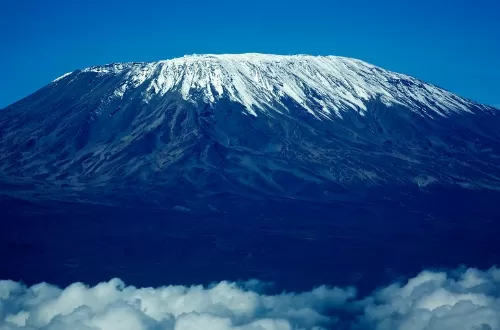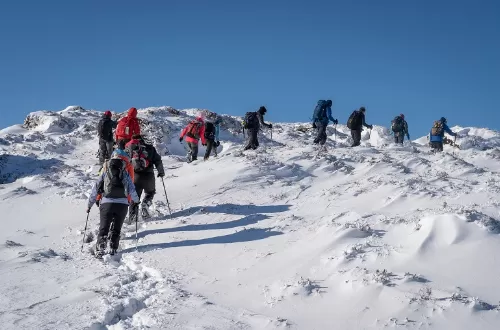What is Kilimanjaro altitude sickness?
Kilimanjaro altitude sickness, also known as acute mountain sickness (AMS), is a common condition that can occur when climbing to high altitudes too quickly. Altitude sickness is caused by the body's failure to adapt quickly enough to the lower levels of oxygen in the mountains. At 3,600 meters, there are roughly 40% fewer oxygen molecules per breath. Kilimanjaro is the highest peak in Africa at 5,895 meters (19,340 feet), and altitude sickness can affect climbers who ascend too quickly without proper acclimatization.
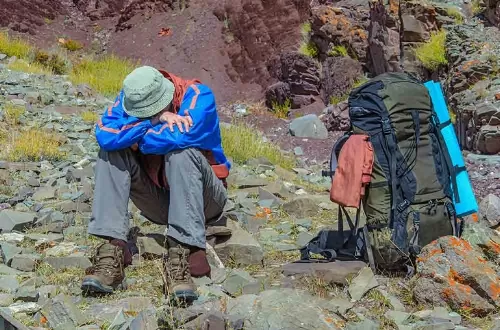
Kilimanjaro altitude sickness - AMS
Do you need a satisfied Kilimanjaro climbing with safety?
Get a free, best price-guaranteed Kilimanjaro climbing with safety quote and a quick response from us in 2024 and 2025. Call +255 747 989 416 on WhatsApp or email us at exploreafrica024@gmail.com to get a free quote. We are available 24/7 and we are happy to help you.
Causes of Mount Kilimanjaro altitude sickness
Mount Kilimanjaro altitude sickness is caused by ascending too rapidly, which doesn't allow the body enough time to adjust to oxygen and changes in air pressure. Also, altitude sickness on Mount Kilimanjaro is caused by a lack of oxygen at high altitudes as the altitude increases, the air pressure decreases, which means that there is less oxygen available to breathe.
What are the symptoms of Mount Kilimanjaro's altitude sickness?
Symptoms of altitude sickness include shortness of breath, headaches, nausea, dizziness, fatigue, and difficulty sleeping. Do not ascend if your symptoms fail to improve. In severe cases, altitude sickness can lead to more serious conditions, such as high altitude cerebral edema (HACE) and high altitude pulmonary edema (HAPE), which can be life-threatening.
Headache: This is the most common symptom of altitude sickness, and it is often described as a pounding or throbbing pain in the head.
Shortness of breath: This may be accompanied by a cough, rapid breathing, or difficulty breathing, particularly when exerting oneself.
Nausea and vomiting: These symptoms may be accompanied by a loss of appetite and a general feeling of unease.
Dizziness and lightheadedness: These symptoms may be accompanied by a feeling of weakness or fatigue.
Insomnia: Difficulty sleeping is a common symptom of altitude sickness, and it can make the other symptoms feel worse.
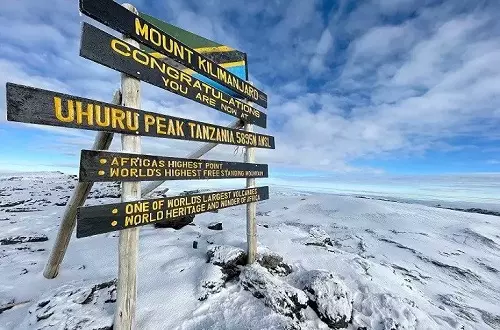
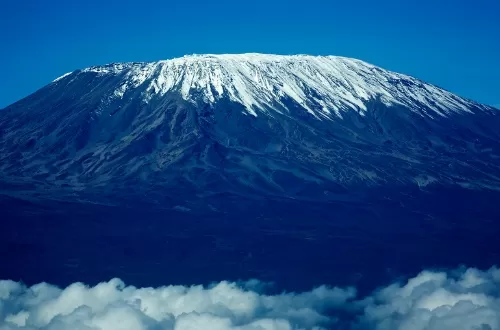
How do you prevent Kilimanjaro altitude sickness?
To prevent Kilimanjaro altitude sickness, climbers should take their time to acclimatize, which may involve resting at lower elevations before continuing the climb, staying hydrated, and avoiding alcohol and other substances that can interfere with acclimatization. Climbers may also choose to take medications such as acetazolamide to help prevent or alleviate symptoms of altitude sickness. It is important to consult with a healthcare provider before taking any medications for altitude sickness.
Acclimatize slowly: Give your body time to adjust to the altitude. Take breaks frequently, and don't climb too high or too fast.
Stay well hydrated: Drink plenty of water and fluids to avoid dehydration, which can worsen altitude sickness.
Eat a high-carbohydrate diet: A diet high in carbohydrates can help your body adjust to the altitude.
Avoid alcohol and tobacco: Alcohol and tobacco can worsen altitude sickness and make it harder for your body to adjust to the altitude.
Take medication: There are medications that can help prevent altitude sickness, such as acetazolamide. It is important to consult a doctor before taking any medication.
Listen to your body: Pay attention to any symptoms of altitude sickness, and descend to a lower elevation if symptoms worsen.
Hire a reputable tour operator: A reputable tour operator can help you acclimate safely and provide you with the necessary information and equipment.
Do you want to climbing Kilimanjaro safely and successfully?
Get a free, best price-guaranteed climbing Kilimanjaro with safely quote and a quick response from us in 2024 and 2025. Call +255 747 989 416 on WhatsApp or email us at exploreafrica024@gmail.com to get a free quote. We are available 24/7 and we are happy to help you.
How can mountain sickness be cured?
The best treatment for mountain sickness is to descend to a lower elevation as soon as possible. Descending can help alleviate symptoms and allow the body to recover. Other treatments that can help relieve the symptoms of mountain sickness include oxygen, medications, hydration, and rest.
What is the altitude medication for Kilimanjaro?
Acetazolamide also known as Diamox, is the wonder drug that fights AMS and is a common medication used to prevent altitude sickness on Kilimanjaro. The medicine Diamox makes you breathe at a faster rate, which increases the oxygen levels in your body. You can take this drug if you have any symptoms, as this is one of the best Kilimanjaro altitude sickness medications.
The best Kilimanjaro routes for hiking tours with safety
There are several routes to summit Uhuru peak on Mount Kilimanjaro at 5895 meters in safety. Here is the best list of Kilimanjaro routes for you in 2024 and 2025.
6-day Marangu route
6-day Machame route
7-day Machame route
7-day Lemosho route
8-day Lemosho route
